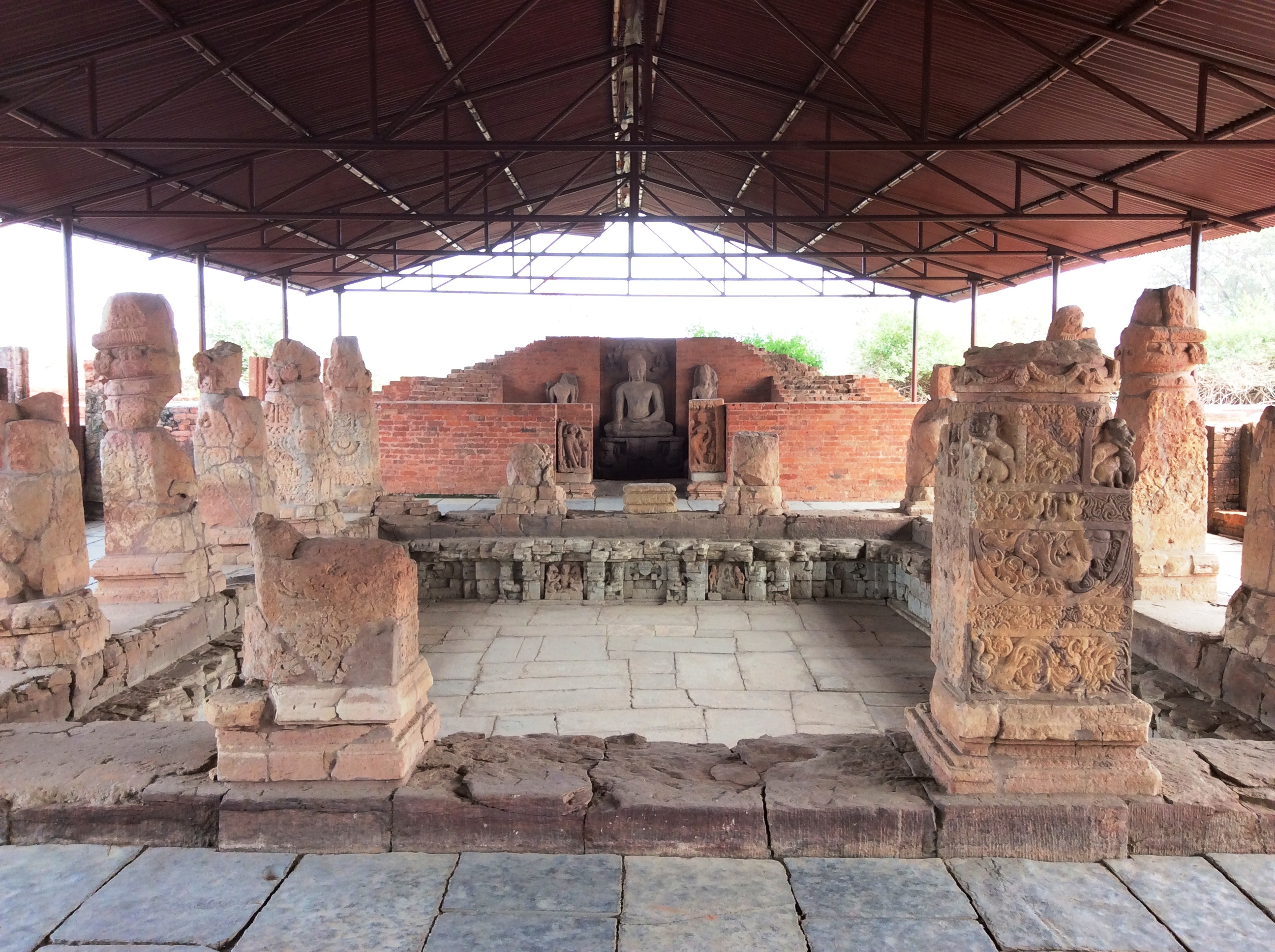
Efforts are on to develop Sirpur under the PRASAD (Pilgrimage Rejuvenation and Spiritual Augmentation Drive) scheme of the Union Ministry of Tourism, writes Deepanwita Gita Niyogi
Sirpur, a gram panchayat in Mahasamund district of central Chhattisgarh, is an archaeological gem. The place known as Shripura in ancient times was the capital of the Dakshin Koshala kingdom during the 6th and 7th centuries CE. Today, it comprises three villages with a population close to 2,000.
According to P Anbalagan, Chhattisgarh tourism secretary, the place lying near the Mahanadi River is being developed as a Buddhist heritage site. “The detailed project report is under preparation. The state government has formed a special area development authority for Sirpur,” he said.
Tourists usually visit Sirpur during weekends or on important holidays. The area enjoys location advantage. It lies just 37 km from Mahasamund and about 80 km from Raipur. Sirpur is famous for Hindu, Buddhist and Jain structures. The most famous king of Dakshin Koshala was Mahashivgupt Balarjun. His mother Vasata, who was the wife of king Harshgupta, came from Magadha.

Two places near Sirpur already come under the Ram Van Gaman Paryatan Paripath. This special project was inaugurated by Chief Minister Bhupesh Baghel last year to develop sites related to the exile of Lord Ram. So, Sirpur will derive benefit.
Shubdha Chaturvedi from the Chhattisgarh tourism board said efforts are on to develop Sirpur under the PRASAD (Pilgrimage Rejuvenation and Spiritual Augmentation Drive) scheme of the Ministry of Tourism, Government of India, launched in 2014-15. It focuses on the identification of pilgrimage spots and religious sites.
“We have submitted a plan to the ministry recently to consider Sirpur under PRASAD. We have received Rs 5 crore from the state government’s annual budget. After inclusion in PRASAD, the budget will naturally increase. There is a tourist information centre in Sirpur to guide travellers.”
Manifold attractions
In 2014, Dalai Lama visited Sirpur. Chinese traveller Hiuen Tsang had also made his appearance in 639 AD during his travels in India. However, unlike Sanchi in Madhya Pradesh which is world famous, not many people know about Sirpur. Thus, the state government’s plan to give it the Buddhist heritage tag will draw more tourists.
The main attractions of Sirpur are its 10 Budhhist viharas. There are Hindu wonders too, like the famous Lakshmana temple, made of red bricks and dedicated to Lord Vishnu, an ancient market place by the river side where merchants dealt in trade and Surang tila, a Shiva temple, with many winding and uneven steps leading to the top. Surang Tila was buried under the earth due to an earthquake and excavated around 2005-06.
According to local guide Tejram Yadav, as a result of floods and earthquakes, many of the structures found in Sirpur today were unearthed during excavations. In 1953, excavation was carried out for the first time here by MG Dixit and then again between 2000 and 2011 by Arun Kumar Sharma. Besides Yadav, there are 20 guides in Sirpur who have received training by the district administration and the state tourism board.
Today, there are 36 sites in Sirpur which are under the Archaeological Survey of India. The state government has two sites which are the Swastik Vihar and the Anand Kuti Vihar.
Buddhist viharas
Of the 10 Buddhist viharas in Sirpur, four of them are situated in one spot. There are interesting carvings on the walls of the viharas depicting human figures, flowers and wild animals like elephants. Even today, elephants are found in Mahasamund. The animals cross the Mahanadi and enter the district.
Pointing out figures of couples at the famous Teevardev Vihara or monastery, Yadav explained that in those days artisans used to make beautiful carvings on walls. A few women figurines depicted with kamarpattis or waist bands have striking details. There are flower motifs in plenty. An engraving on the wall of a flower is still in bloom in the kartik (October-November) month. The summer season is depicted by carvings of the mango fruit. Then there is the depiction of Garuda, the mythological bird of Hindu mythology.
The vihara has small rooms where two to three monks used to live in those days. These chambers have walls lined with bricks which are different from those made today. “At that time, paddy was mixed in bricks to make them porous and light. These are five times lighter than today’s bricks and used to be locally made,” Yadav added.
Of the two famous temples in Sirpur, the Lakshmana temple built in the 7th century is also made of red bricks. Visitors also throng the Surang Tila. It is a Shiva temple built on an elevation as at that time floods used to be frequent.
The haat bazaar or the market place where boats used to arrive full of travellers by the Mahanadi is another place of attraction in Sirpur. It is now believed that people used to keep rice in godowns here covered with stone slabs. Goldsmiths and ironsmiths frequented the market place, an important centre of commerce in those days.
Bhuneshwar Dhruw, who is from the Chhattisgarh tourism board, acts as a caretaker in Sirpur. As the plan is to include it under Buddhist heritage, bike rallies are being organised for awareness. One such rally was held in mid-March. “We want more people to come here and enjoy its history. So, the tourism department is marketing the place. The busiest season starts from June to December.”













